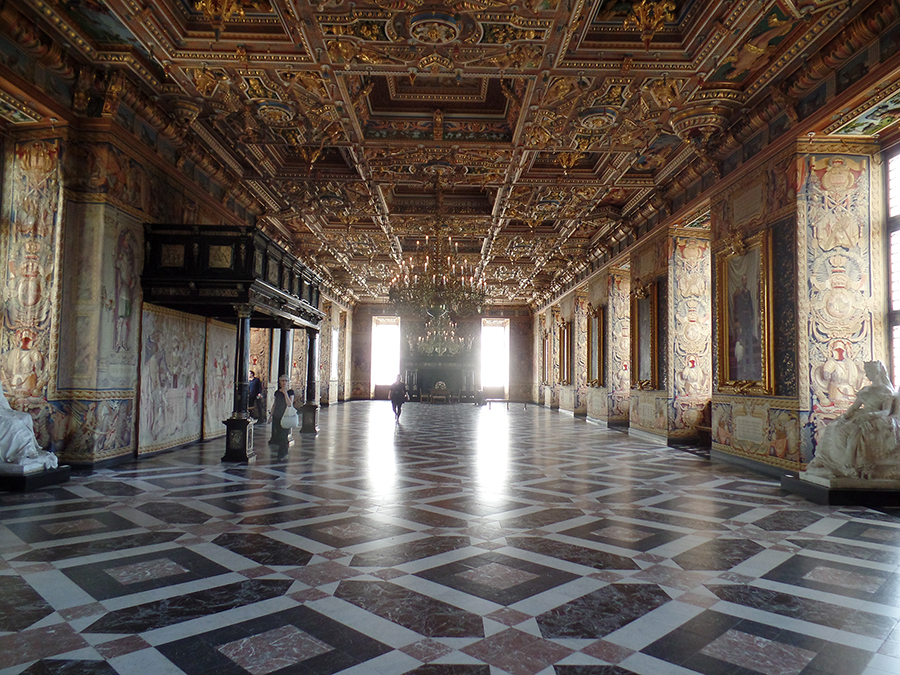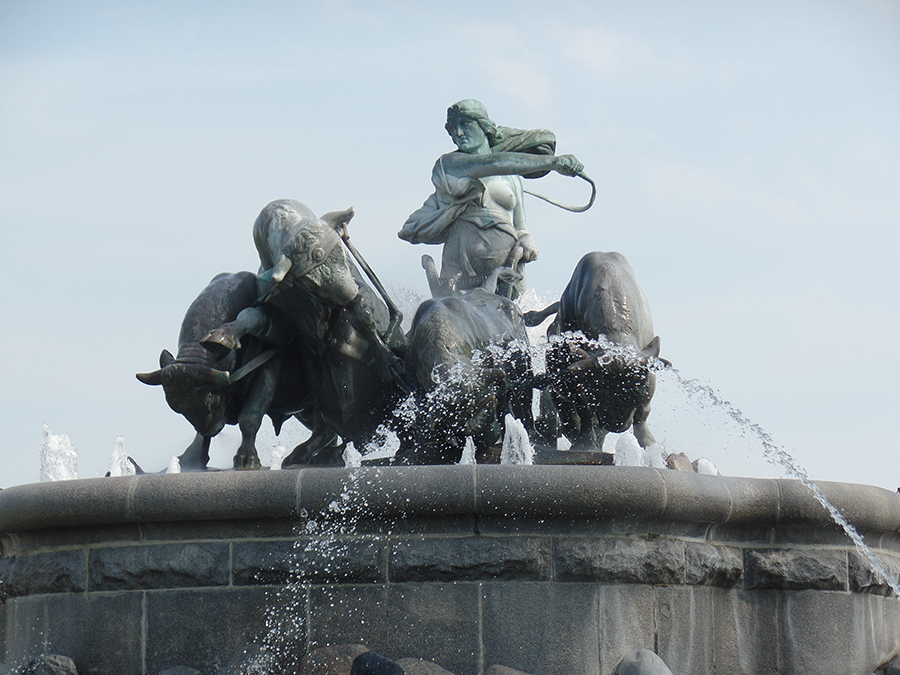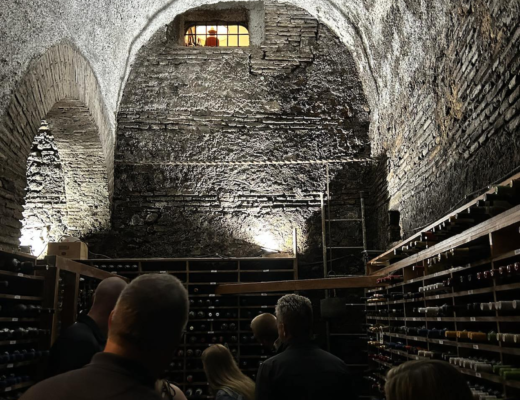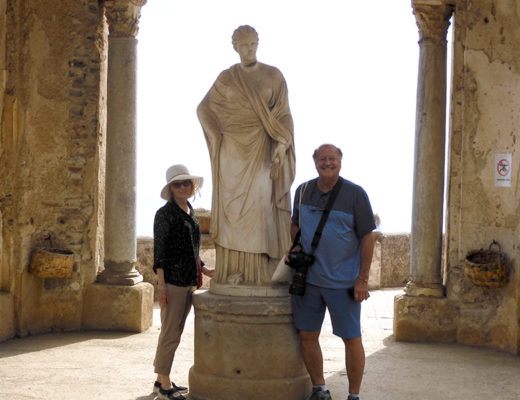Who would have thought that tiny Denmark would have castles that rival France and Germany? An 82 room hunting lodge? No problem. Frederikborg Castle was constructed beginning in the early 1600s and since the late 1800s has housed the Museum of National History to include some of the most remarkable original period artwork and portraits. Surprising? Yes. I was not expecting to see an elevator to bring the King into the audience chamber unseen by his guests that dates back to the original early 1600s structure. In fact, King Christian IV who built the castle was supposed to have fallen out of the elevator and sustained injuries that persisted and contributed to his demise in 1648.
The Kings of Denmark had more fires in their palaces and castles than I could count. In fact, when a fire destroyed Christiansborg Palace in the 1800s, the Royal family moved temporarily into four palaces that were built next to each other on a square for four different noble families. The Royal family neglected to return their temporary home, now known as Amalienborg Palace, which is only a short distance from Rosenborg Palace, also built by Christian IV in the early 1600s in the city of Copenhagen.

The name Copenhagen literally means merchant port, and that pretty much defines the history of this city. It was destroyed on multiple occasions as a result of one or another ill-fated war, only to return to prominence because of the importance of the location to regional trade. In fact, the city fathers have expanded the land in the harbor through filling extensively over the years to provide greater dock space. In fact, during my visit, they were filling again to create more docks for a third cruise ship terminal.
It was surprising to learn that much of the money used to pay for vast Danish architectural works came from tolls placed on the merchant ships that traversed the narrow straights between Copenhagen and what is now Sweden. Even more surprising was the tidbit that the United States was responsible for the ending of the Danish stream of income in the mid-1800s, when it refused to pay the tolls and rallied other nations to support it. During the period when the tolls were collected it was said that the wine cellar of the Danish King was the best in all of Europe because Denmark collected tolls based on the declared value of the cargo. However, Demark reserved the right to purchase the cargo at the declared value. Apparently wine merchants had a habit of underestimating the value of their goods. The irony is that now, centuries later, the preservation of these priceless artworks and structures is paid for by a trust of the Carlsberg Foundation established by the largest brewer in Denmark.

Today, the economy of Denmark is driven by shipping (Maersk owns 16% of the world’s shipping containers), beer (Carlsberg – the largest of what was once over 350 brewers in Copenhagen having merged with Tuborg, its largest rival in the 1970s), amusement (Tivoli Gardens is the oldest amusement park in the world having opened in 1838) and now garbage (The largest waste to energy facility in Europe is scheduled to come on line in 2018). The waste to energy facility is so large that Copenhagen will have to import garbage to keep the incinerators operating at capacity. The facility also has a unique bonus. The roof is over a kilometer long and slopes to the ground. In winter it will be the tallest peak in Denmark and will be covered with snow (which rarely falls in Copenhagen because of the temperate climate caused by the ocean currents), to form the only ski run in the country.

Another surprising observation was the number of churches and cathedrals that had been converted to non-church related purposes in this primarily Lutheran practicing nation. One such ancient cathedral near the Christiansborg Palace was converted into a multi-purpose center that includes restaurants, artist galleries and performance spaces.





No Comments